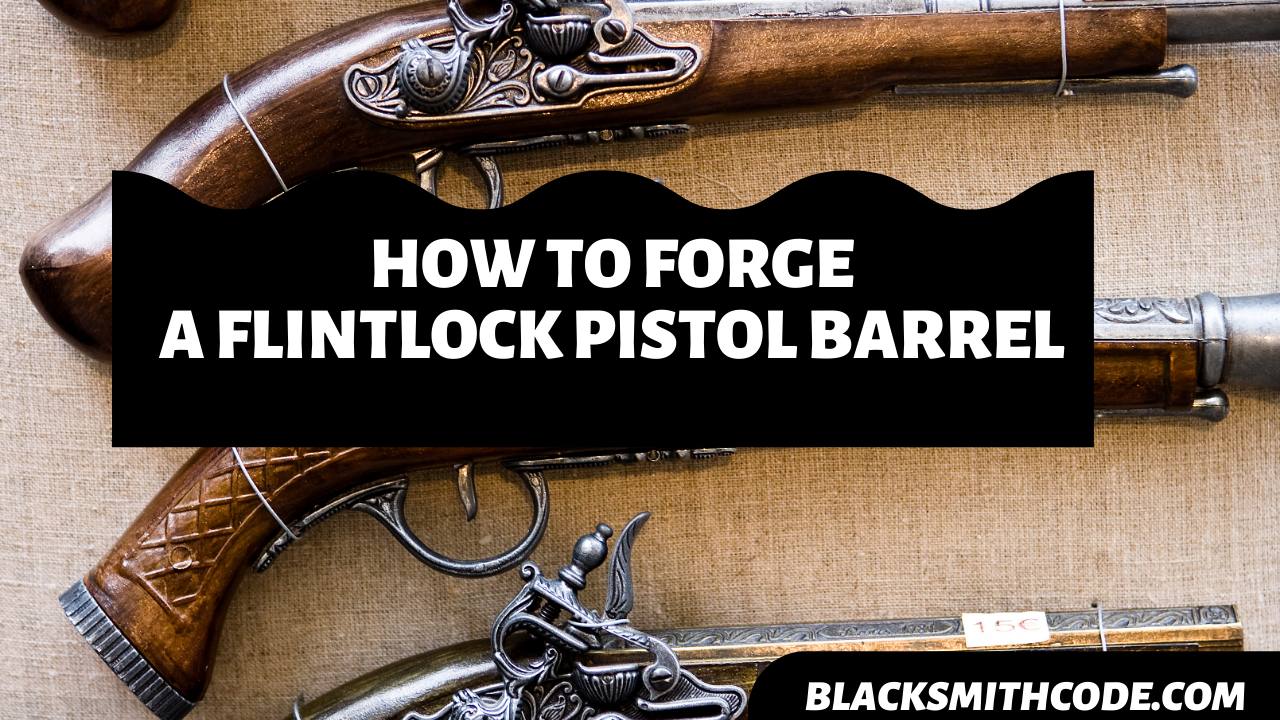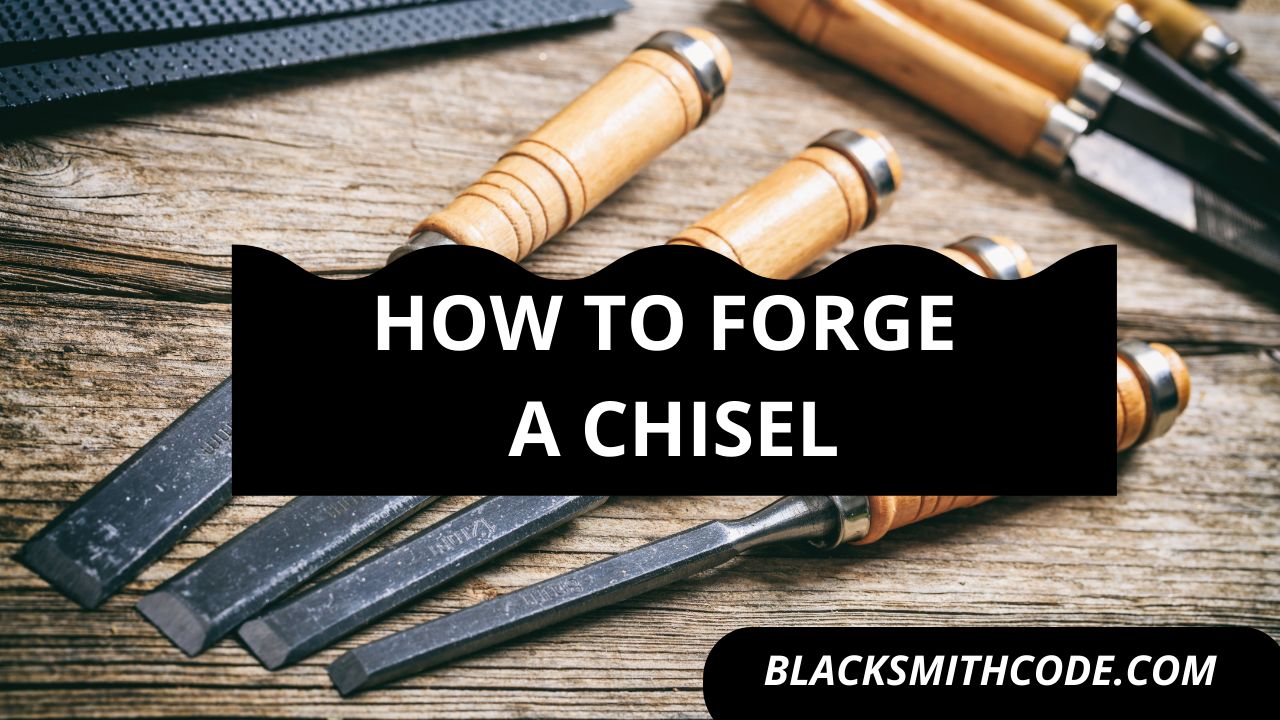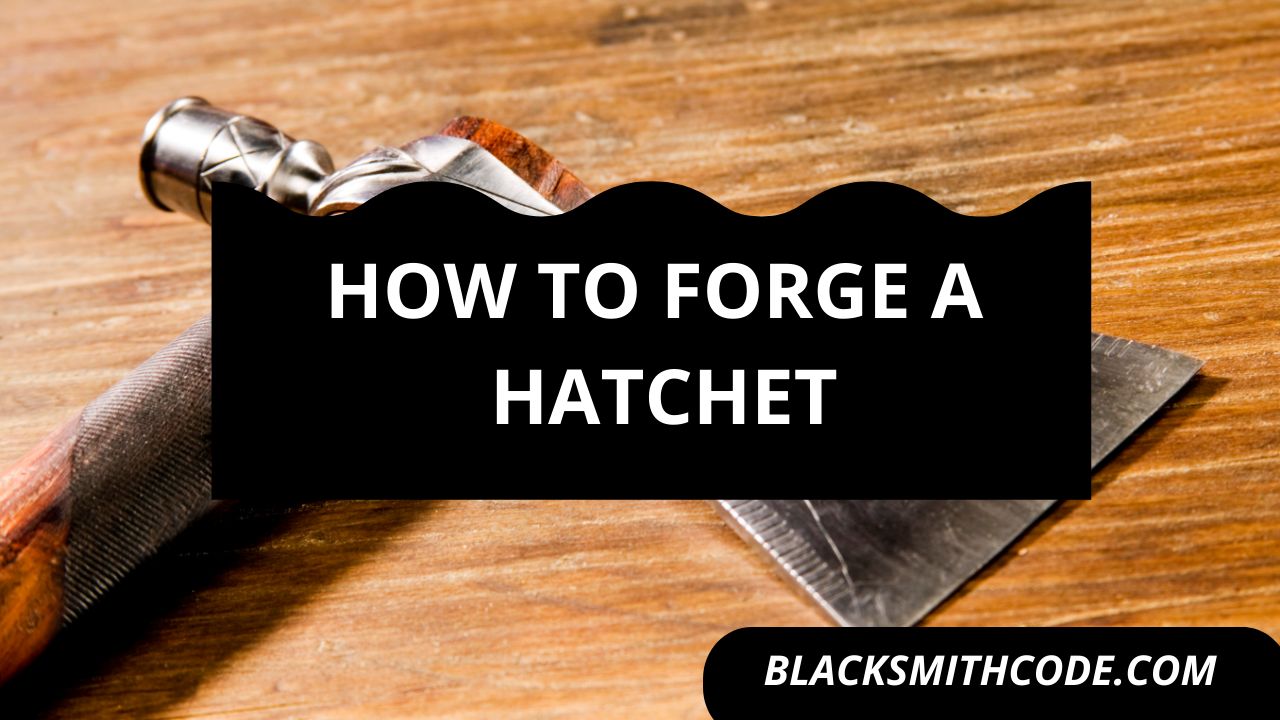Do you know you can increase your blacksmithing skills by learning how to forge a flintlock pistol barrel?
You can venture into forging a flintlock pistol barrel to increase your skills in blacksmithing. Flintlock is a common name given to firearms that uses the mechanism of igniting a flint striker. The flintlock started reigning during the 17th century replacing gun ignition technology.
The flintlock is easy to forge if you follow specific steps and procedures. These steps are straightforward and easy to follow, so you should not have any problem forging the flintlock.
Essentials
Before you start forging your flintlock pistol barrel, you should get the materials you need ready. Forming a flintlock requires specific steps and procedures that you should follow. These steps include;
Instructions on How to Forge a Flintlock Pistol Barrel
Step 1: Get a Metal Plate
It would be best if you got a metal plate of about 12 inches long. The metal plate should be around 3 inches wide and half an inch thick. If you have a longer or thicker metal plate, you should cut it into your preferred size.
Step 2: Flatten the Plate
It would help if you beat the plate with a hammer to flatten it. The plate needs to be flat to get rid of every curve in it and straighten it. To make the flattening easy, you should heat the plate before beating it.
Step 3: Get a Rod
When forging the flintlock pistol barrel, you should get a rod of about 14 inches long. The essence of this rod is to create a hole in the plate when curving the plate. If the rod turns out to be longer than the needed length, you can cut off the excess.
Step 4: Curve the Plate
After getting the rod, you should curve the plate so that it forms a circle with a hole in between. To bend the plate into a circular curve, you should;
Quick Steps
- Heat the plate in a forge till it becomes red hot.
- Place the plate on an anvil or any rigid body that suits you.
- Bend the metal plate into a circular shape using a hammer.
- When forging, place the rod in the middle of the metal plate and continue beating until it becomes circular. The rod helps maintain the hole in the plate, not allowing it to close up.
- While beating into the circular shape, you should heat the plate frequently to make it malleable and easy to forge.
- Allow the metal to cool down before taking the next step.
- Cut out the rough ends of the metal with a cutting tool.
- Grind the edges of the newly cut parts.
Step 5: Reheating
After curving the plate, you have your flintlock barrel, but you have to warm the plate. Reheating will help increase the strength, durability, and toughness of the plate. It would be best if you heated the plate to a very high temperature until it becomes red hot.
Step 6: Quenching
Once the pistol barrel is red hot, you should retrieve it from the forge and immerse it in a quench liquid. You can either make use of oil or water to serve as a quenching liquid. Quenching the heated the newly forged barrel will increase the strength of the plate and also increase its durability.
Step 7: Grinding
After quenching the forged pistol barrel, there will be scales on it and it will also be rough in texture. You have to grind the metal surface with a grinder to get rid of the scales and coarseness.
FAQs on How to Forge a Flintlock Pistol Barrel
Question
Can the flintlock work for other guns?
There are different flintlocks for several guns. A flintlock can work for different guns if they have the same structure and shape. The shape and structure of the flintlock also matter when attaching a flintlock to a firearm.
It is, however, uncommon for a flintlock to work for two different guns. You might have to forge another flintlock for another weapon.
Question
Can a gun work without a flintlock?
Flintlocks are useful in creating sparks to ignite the gunpowder in a gun. Essentially, the flintlock is vital in a firearm, especially a weapon that makes use of gunpowder. Without the flintlock, there will not be the production of sparks, and in turn, the gun becomes useless.
However, before the invention of flintlocks, people create sparks in guns through other means. Even after its design, better ways of creating sparks exist, so the flintlock might not be a necessary or vital part of a gun. Due to civilization setting in, some guns do not make use of flintlocks.
A gun might work without a flintlock, but a firearm cannot work without an instrument to create a spark.
Question
Can flintlock rust?
Every metal tends to rust. A flintlock is a tool from metal, so there is a high tendency that it will rust when exposed to moisture and air. If you keep the flintlock and protect it from moisture and other rusting agents, it will not rust quickly and you can be sure of an extended usage.
Question
Can I forge the pistol barrel from other metals?
You can forge a flintlock pistol barrel from other metals such as rebar and railroad spike. The major step you need to take is to create the barrel hole in any of your chosen material.
Video on How to Forge a Flintlock Pistol Barrel
Warnings and Precautions
Before you start to forge your flintlock pistol barrel, you should know that safety is paramount in everything you do. You should make sure you follow safety rules and regulations to ensure safety. These safety rules and regulations are simple to follow, so you shouldn’t hesitate to work for your protection.
Here is a list of safety precautions you should follow;
- Always run a check on your tools and machines.
- Make sure you dispose of every damaged tool.
- You should always make use of the right tool for the right job.
- Carefully handle hot materials.
- Keep your working environment clean.




